The flowers still bloom even if the soil is not changed for 3 years. The soil is naturally fertilized with microorganisms and never becomes hardened and nutritious.
The flowers still bloom even if the soil is not changed for 3 years. The soil is naturally fertilized with microorganisms and never becomes hardened and nutritious.
Whether growing flowers in an outdoor garden or on a balcony, soil management and fertilization are fundamental to plant growth for gardeners. Without using prepared nutrient soil, how can one maintain the fertility and activity of the original soil? How can one ensure that plants continue to grow peacefully without changing pots or soil, blooming as beautifully as ever for one, two, three, or even many years? Let's take a look at how to ensure that soil provides long-term nutrients for plants, starting with organic gardening.
What is Organic Gardening
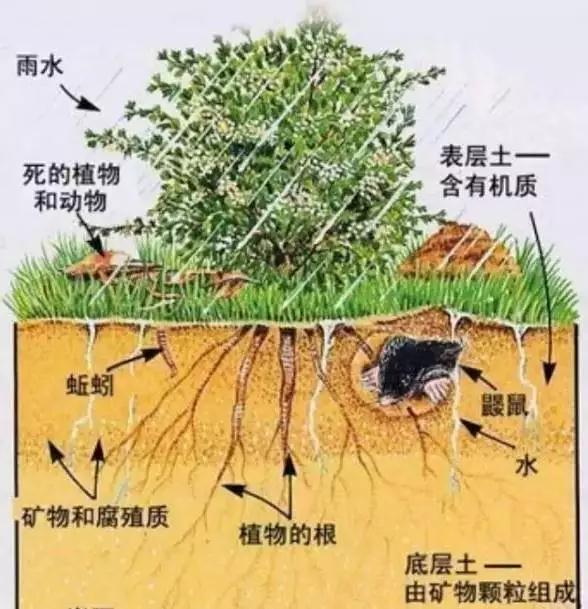
Organic gardening is essentially a form of ecology, encompassing the ecological balance of a garden. For example, trees in a garden produce fallen fruit that feeds birds and insects. Their droppings provide fertility for plants and allow microbial decomposition, which in turn increases soil nutrients. Tree roots absorb nutrients, leading to better growth. This is an ideal ecological microcycle. The key to successful organic gardening lies in soil management and maintaining good soil structure and even biological activity. One of the key tasks of organic gardening is to replenish the soil with as much "nutrients" as possible. This process includes, but is not limited to, the application of compost, animal manure, green manure, and even some formulated nutrient soil.
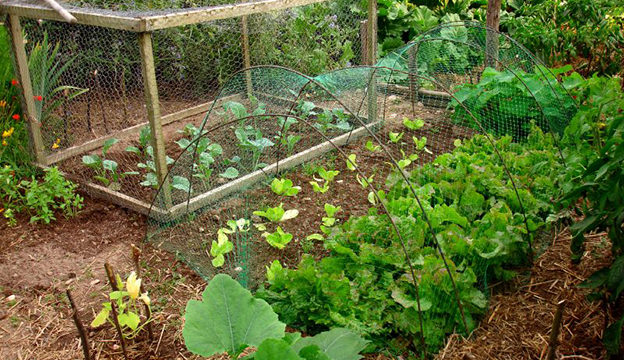
The addition of these organic fertilizers undoubtedly increases the nutrients and trace elements in the soil. In addition, we have also heard that many flower lovers use bone meal, phosphate-calcium soil, seaweed powder and even animal blood and fat to increase the organic content of the soil. Of course, these need to be used at the right time, otherwise it will be counterproductive.
In general, the above series of operations are the foundation of organic gardening.
How to ensure that the soil structure is not destroyed?
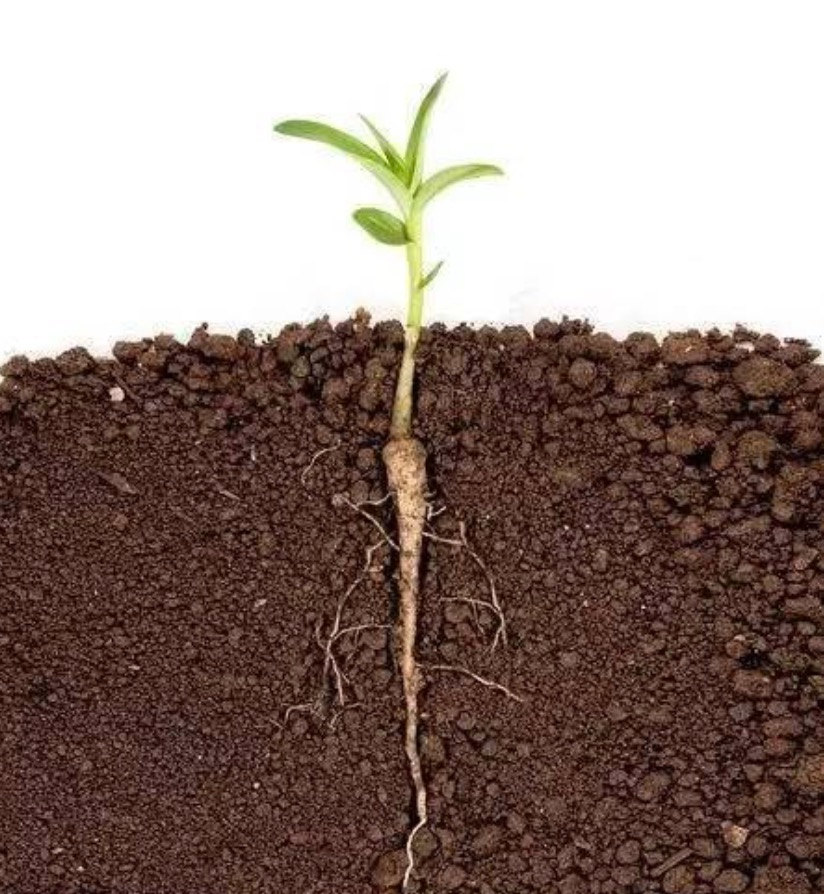
As mentioned above, the foundation of organic gardening lies in soil nutrition and biological activity. Therefore, we need to ensure that the soil structure is intact and, based on this, increase its activity—that is, its fertility. So, how can we ensure that the soil structure is intact?
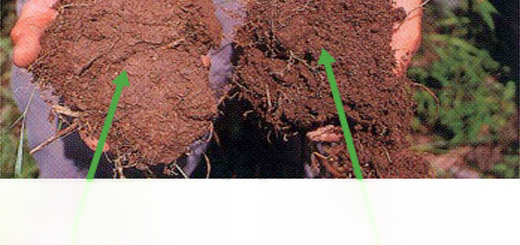
For outdoor gardening, planting is done on large areas. We often see that the soil is compacted where it is stepped on. In this case, the soil structure is destroyed. Why do we say that?
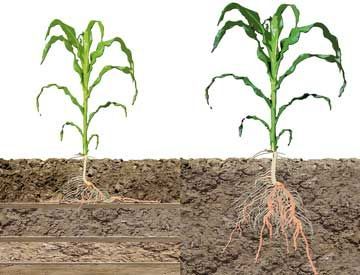
Soil structure is the ability for air and water to flow freely through the soil particles. However, compacted soil makes it difficult for air and water to flow effectively, especially in cold and humid environments. This is artificial compaction, so ensuring the looseness of the soil allows for better plant growth. So, does artificially making the soil loose and breathable necessarily benefit plants?
Is it really good for plants to repot and till the soil frequently?
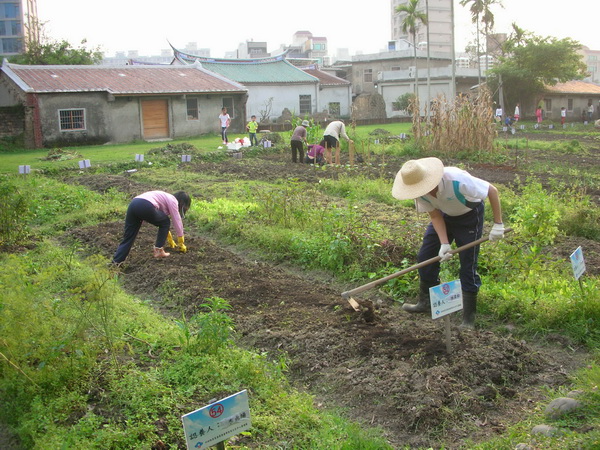
One of the most common ideas in our lives is that repotting and tilling the soil can ensure the looseness of the soil, especially for potted flowers with compacted soil. Although repotting and tilling the soil can make the overly compacted soil relatively loose, thereby improving the soil's air permeability and drainage capacity, it can even allow organic fertilizers to be better absorbed and decomposed by the soil.
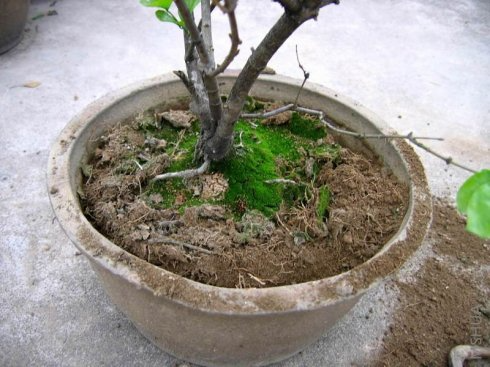
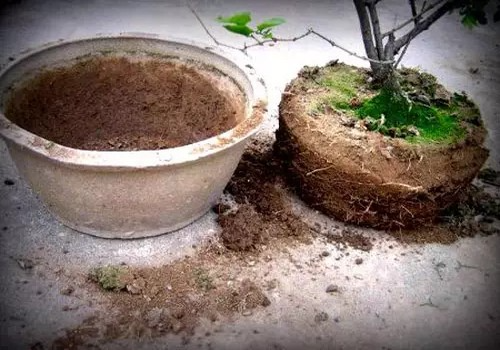
But what needs to be said here is that unless it is necessary, the less often you repot and turn the soil, the better. Why do you say that? You may have seen some flower pots of flower growers who have used the same pots and soil for several years without moving them, but the flowers they grow are better than others. Why is that?
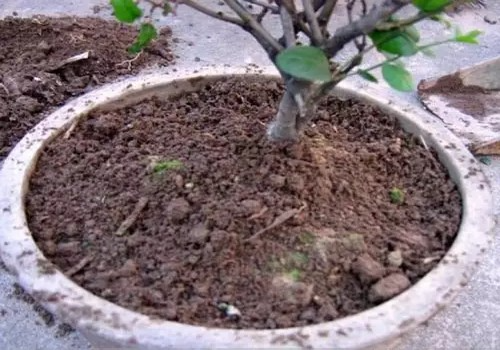
Although the soil in a flowerpot is small, it is also a micro-circulatory world. Not turning the soil means less water loss, which is of course insignificant for potted flowers. A stable soil environment (not frequently turned) allows beneficial microorganisms in the soil to function better. These microorganisms increase soil activity in themselves, similar to the role of earthworms in soil.
What is the correct way to improve soil?
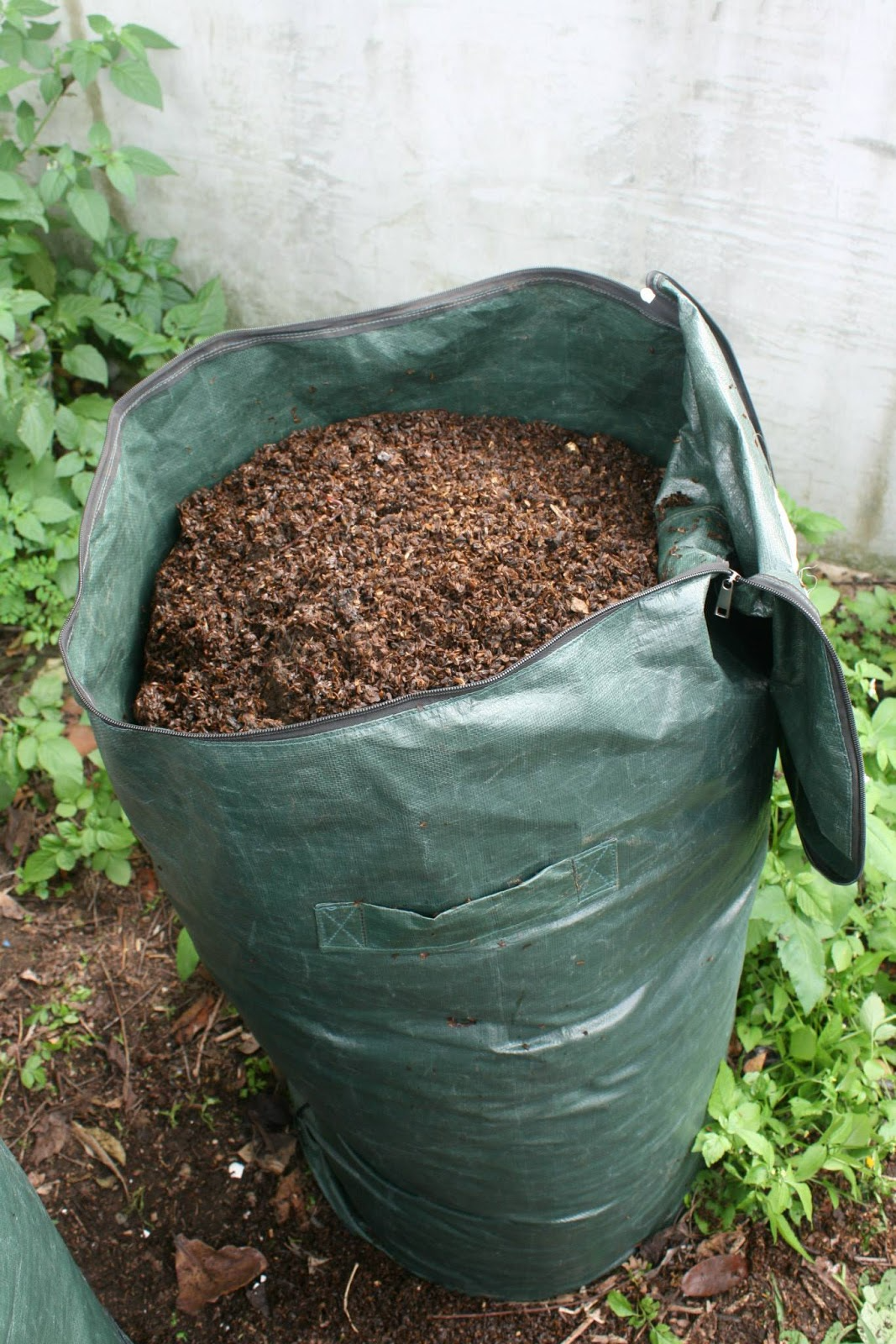
Compost bags
If you want to minimize the need to move your flower pots and improve soil fertility, you need to apply organic fertilizer. Garden compost is designed for this purpose. This method is suitable for outdoor gardening and is not very useful for growing a few flowers at home, but it is definitely a good reference.
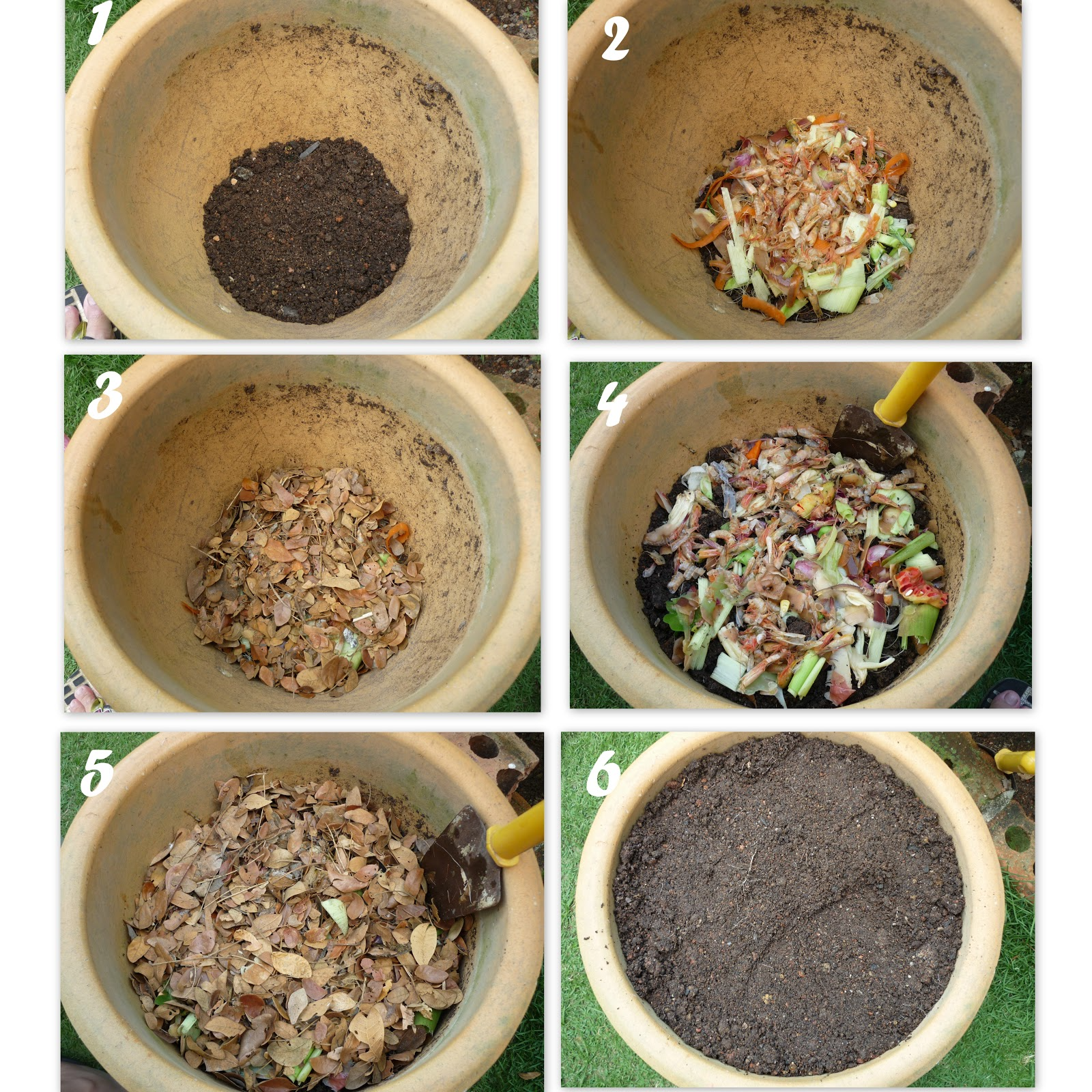
When making compost, you can follow the order in the picture above and repeatedly spread the fertilizers you can find layer by layer. For example, put garden soil on the first layer, then a layer of fruit peels, then a layer of garden soil, then a layer of kitchen waste, then a layer of garden soil, then a layer of fallen leaves... and repeat this process.
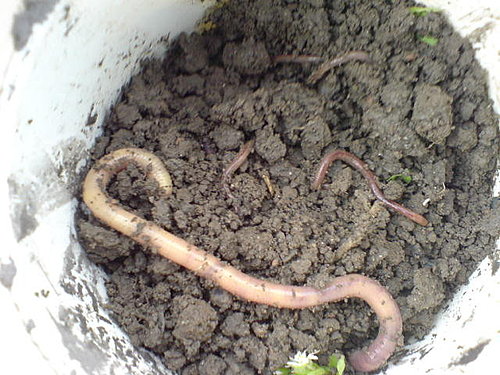
Compost is a very good soil conditioner and has a high fertilizer efficiency. The most important thing is that this compost is a waste recycling and a completely natural decomposition method. Its key role is to maintain the survival of bacteria and microbial communities in the soil. In this way, while providing nutrition for plants, it also allows those microorganisms to ensure soil structure and activity during the decomposition process.
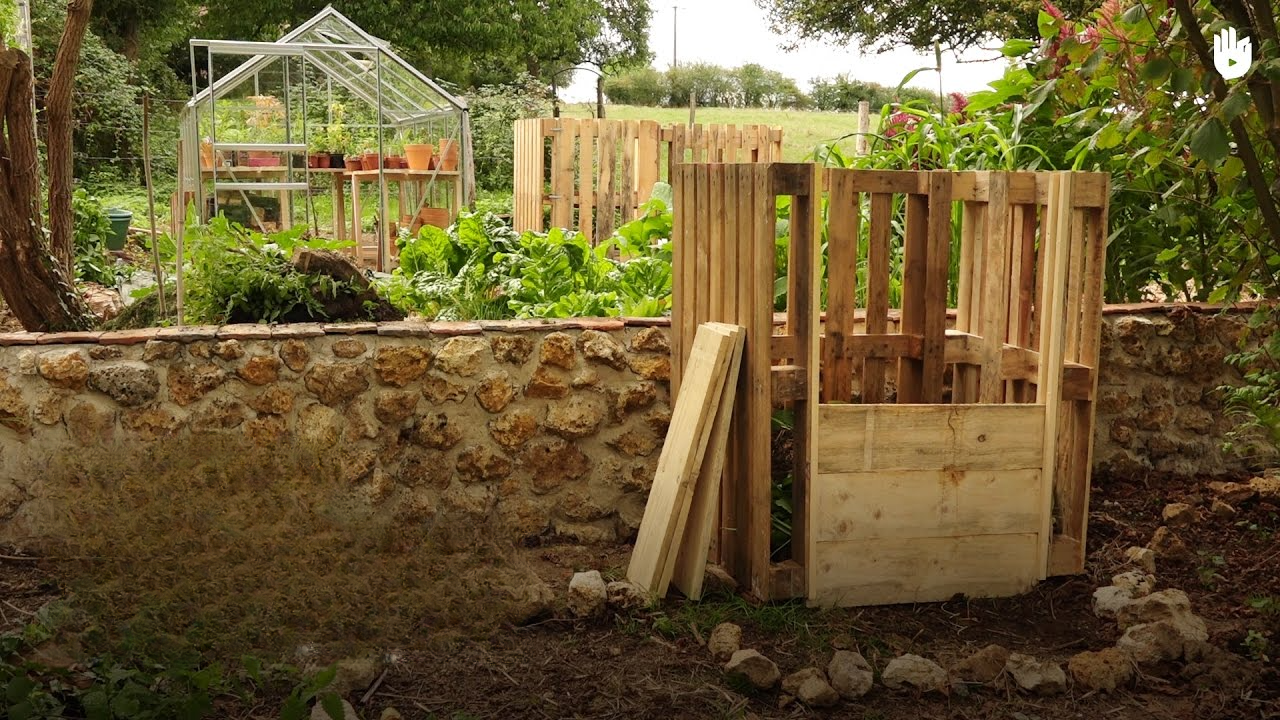
Of course, if you have a small yard at home and the space is relatively large, it is very suitable for building a composting fence like the one in the picture above.
So whether you like the smell of compost or not, if you add this green organic fertilizer to the soil appropriately, you can keep your plants blooming as beautifully as before without having to repot or till the soil for several years.
Interactive topic: How often do you till the soil of your potted flowers? What is the effect?